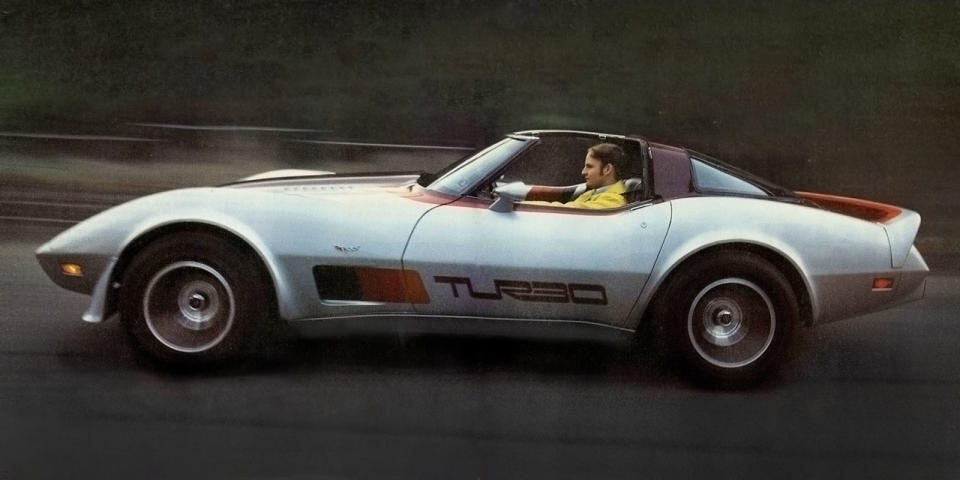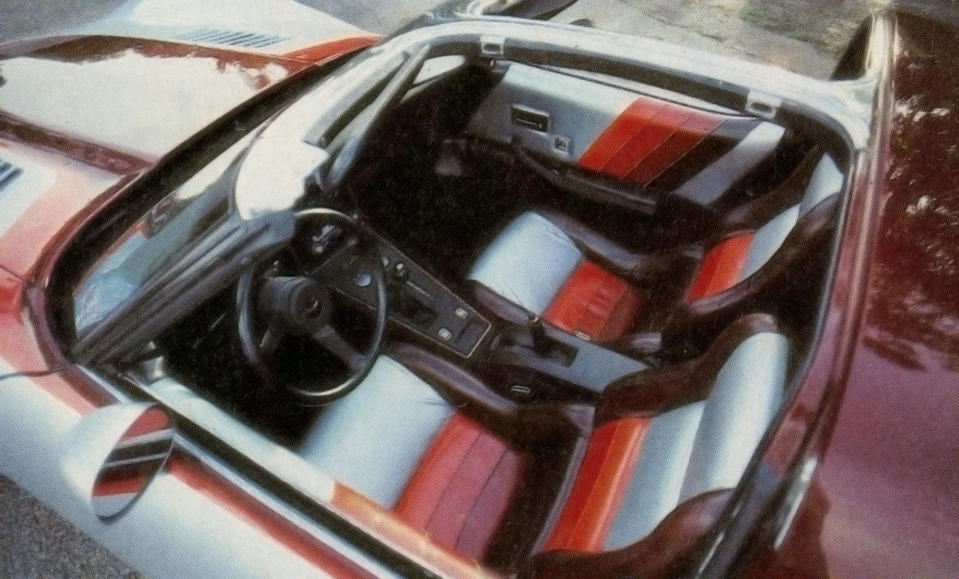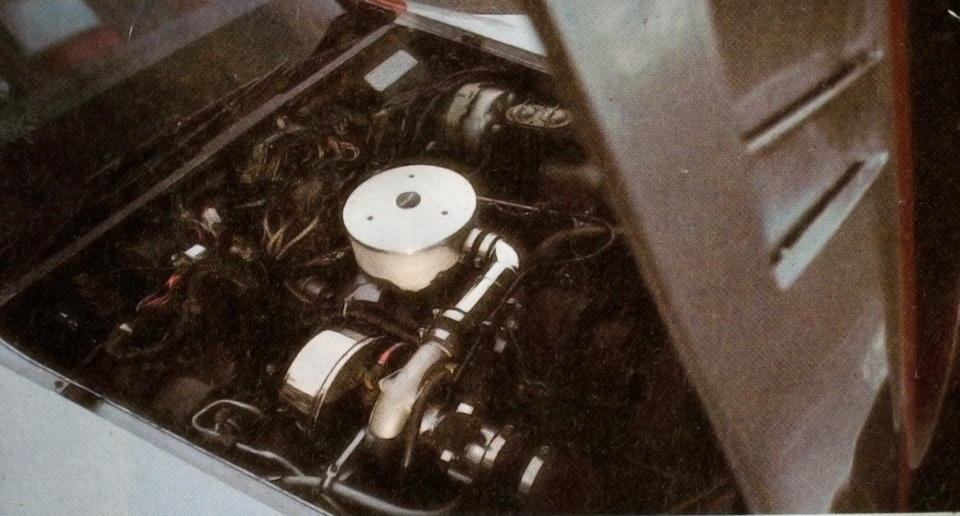Our 1980 Drive in Chevrolet's Experimental Twin-Turbo Corvette

From the April 1980 issue of Road & Track
We were at 100 mph and climbing when I pulled my foot off the accelerator and we could hear the turbos in the engine compartment whining down on overrun. It was the early Seventies and the car was a very plain-looking gold Nova powered by a very unordinary Chevrolet 350 V8 with a pair of turbochargers. With its extraordinary power and church parking lot looks that Nova was as much fun as any Chevrolet I've ever driven. Most interesting of all, it was a product of Chevrolet Engineering, not some crazed speed freak operating out of an old Sinclair gas station.
The fact is, virtually every automaker has these little experiments hidden here and there, because they are a very necessary part of staying current with the world. Back then such cars were also done for the pure, unadultered fun of it, but these days emissions, energy and economics add a new color to such projects. Whatever is developed, no matter how non-production oriented, it must be certifiable. Pieces used need to be production derived. The search isn't necessarily to add swiftness, but to recover what has been lost.
Chevrolet's turbocharged Corvette follows all those rules. This is not a potential production car in the exact form shown here, but one meant to see what could be done with production parts plucked from General Motors' stock bins with an eye toward future Corvette development.

Nothing has been changed internally in the Vette's L82, 350-cu-in. V8, except for a milder L48 camshaft which is needed because the stock cam with its greater overlap isn't compatible with the fuel-injection system. That injection setup is not port type, but two-point-essentially two fuel-injection nozzles taking the place of the throats in a 2-barrel carburetor. This is an adaptation of the digital injection system used in the new [for 1980 -Ed] Cadillac Seville, with the electronics in the metering box revised to match the turbo V8's needs. The turbo is not a version of that used by Buick, but an AiResearch T3 with an integral wastegate. Chevrolet used basically the same turbo unit as Mercedes-Benz fits to the 300SD, but with a turbine and compressor matched to the V8's demands and topping at seven PSI boost. This is mounted on the right side atop a modified version of the stock cast iron exhaust manifold, the left-side exhaust being brought over via a cross-under pipe. One interesting feature of the system is that the throttle blade controlling incoming air is upstream of the turbo compressor. This means that when the air is shut off, the compressor is spinning in a vacuum. If the throttle blade is downstream of the compressor, it will back up incoming air when it shuts, which then tends to slow the compressor and increase throttle lag. Detonation is minimized with a slightly reworked version of the same knock sensor used on the Buick, sensing detonation and retarding timing accordingly to eliminate knock.

All the equipment behind the engine is stock, with a Turbo Hydra-Matic 350 transmission and a 3.55:1 rear axle with Positraction. [By 1980, that rear axle ratio was no longer available, a victim of fuel economy regulations.] The suspension is Chevrolet's FE7 Gymkhana option; the P255/60R-15s are on 15x8-inch alloy wheels not offered by Chevrolet.
Chevrolet doesn't have any horsepower figures for the Turbo Corvette, dynamometer time being hard to come by these days. They will say, however, that the car should get through the quarter mile in the 13-second range, which checks with a couple of acceleration runs we made. This takes us back to the best days of the 454-cu-in. Corvettes and right to the purpose of such cars these days: Coupling early-Seventies acceleration with the fuel economy expected of the early Eighties in what amounts to a dream car. And you can dream on, at least for this experimental Corvette. But do close your eyes-feel yourself being shoved back in your seat and remember how it used to be, the turbo whistling tunes of a new era. You've had solid boost since 15-20 mph and whenever that small block gets in the 4500-5000 rpm range, there's a smooth slip into the next gear. It's really all somewhat reminiscent of a small, personal jet plane. What a kick.

 Yahoo Autos
Yahoo Autos 